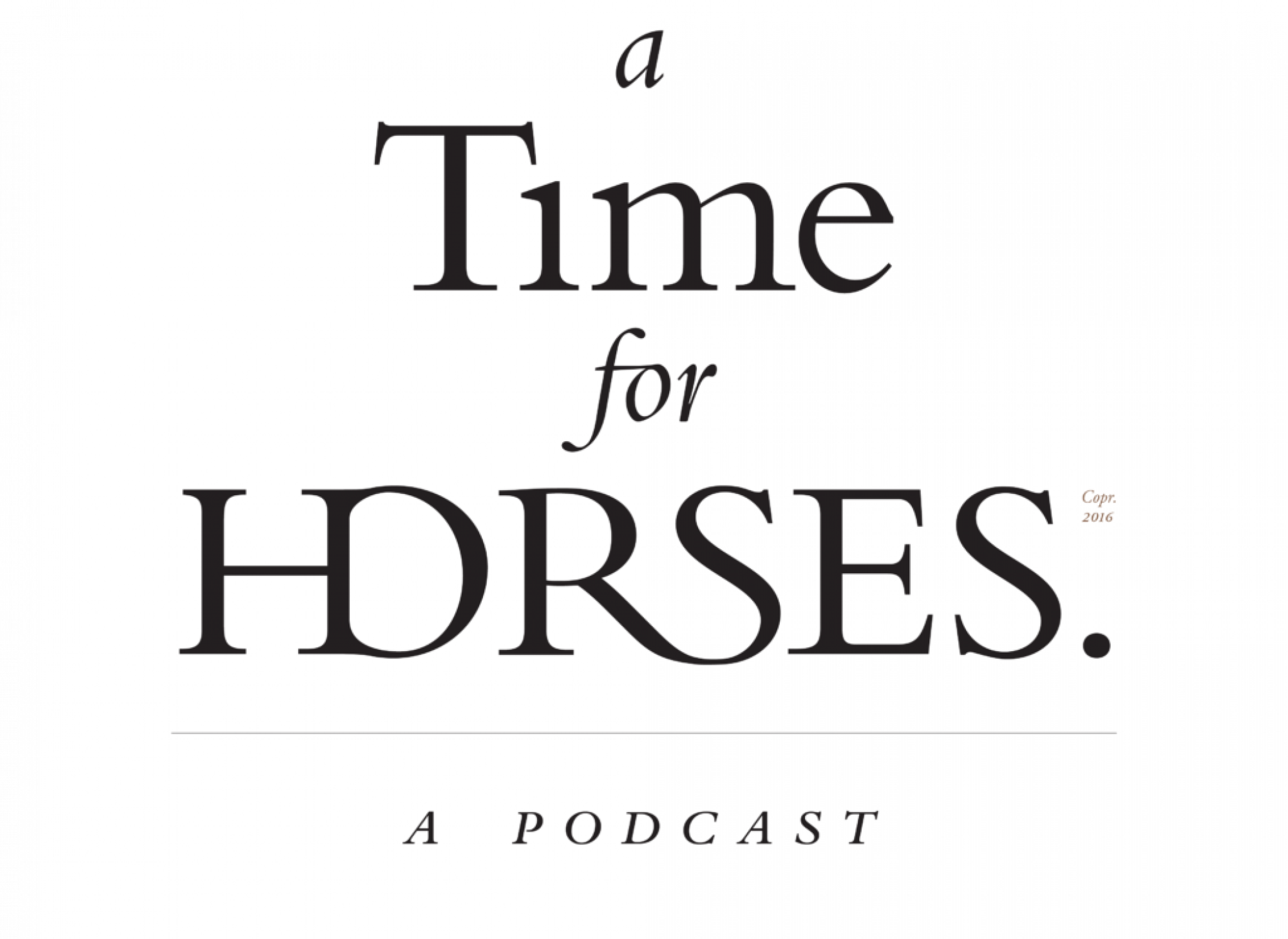Podcast: Play in new window | Download (Duration: 58:27 — 40.2MB)
We know that genetics is the science of heredity. It’s likely common knowledge that in the last half-century, human understanding of that science has exploded. Each year, the pool of knowledge grows, so that now, humans, working in a laboratory, can manipulate the genetic material stored in organisms already living or yet to be born.
As long as humans have been producing plants and animals for their own needs, we have known that the young would resemble their parents in a variety of ways. Since the middle of the 1800s, we have been moving toward a better understanding of exactly how this occurs. We know more and more about the molecular nature of inheritance, and research is bringing us closer to connecting genes with genetic traits.
Less than half a century ago, the study of genetics seemed simply to be a matter of figuring out which traits were recessive and which were dominant, and how many genes produced any given trait. You know—the brown eyes / blue eyes idea. It was very straightforward. We were years away from mapping the human and equine genomes. That process, once completed, brought the realization that only a thousandth of that material was unique to an individual, and only about 4% of DNA separates a human from a chimpanzee.
Each time we think we know more, we discover so many more things that we realize we don’t know at all. Sometimes, when we discover something new, we also have to “unknow” something we were convinced was true. Not long ago, many of us believed that the field of genetics would give us a “blueprint” for life, as though DNA was a sort of simple assembly plan to create living organisms. New discoveries now contradict this idea, suggesting that nuclear DNA is less like a blueprint than a cake recipe, where one ingredient affects how the other ingredients behave.
A small proportion of genetic material points to physical characteristics, like hair color and earlobe shape, as we believed. Now, it seems large amounts of what was thought to be “junk DNA” turns out to be functional. Some of that function turns out to be tied to biochemistry, whether a gene gets turned on or off, and a whole lot of other things that are hard to make sense of, but there is also much still out there beyond our knowing.
For example, two hundred years ago, many believed that simply stabling horses together would affect the color of foals born in that barn. The more is known about genetics, and the more we learn about how much of this system remains outside our grasp, the better we realize that breeding is much more complicated than cutting, pasting, and photocopying. Sometimes, we get a surprise.
The Thoroughbred is unique among horse breeds, in that The Jockey Club allows registration – and the right to race – only to horses produced by live cover. Artificial insemination is not allowed, nor embryo transfer, nor cloning. This ensures the continued careers of many more colts because their semen cannot travel farther than they can. It also keeps as much diversity as possible in the breed and ensures a breeding career for horses who are not stakes winners.
The Quarter Horse breed faced the effect of extreme overuse of semen from “the stallion of the moment,” meaning whoever was the model horse at the time, resulting in the devastating spread of a muscle function disease caused by a single genetic mutation from one sire. In the Standardbred breed, artificial insemination is allowed so the frozen semen of top class horses can be shipped worldwide. Unless a colt is among the best available, he must make good earnings as a racehorse because of the challenge for him to earn a profit at stud.
And yet – even with the apparent handicap of the live cover restriction and the vast uncertainty of what science cannot tell us – astute horsemen have for centuries carefully tracked performance and pedigrees.
